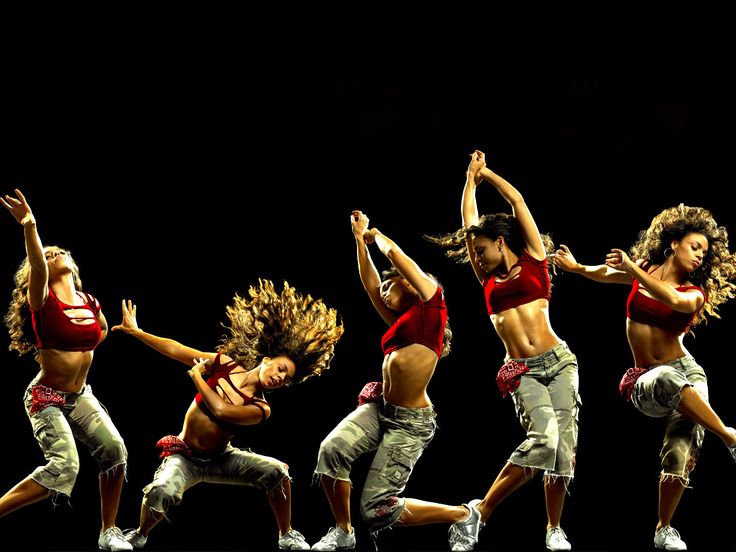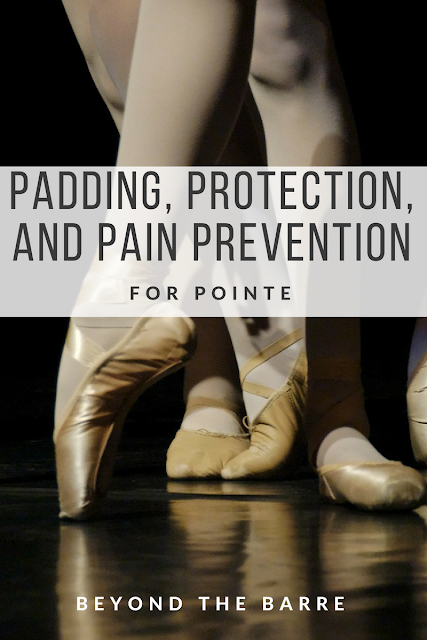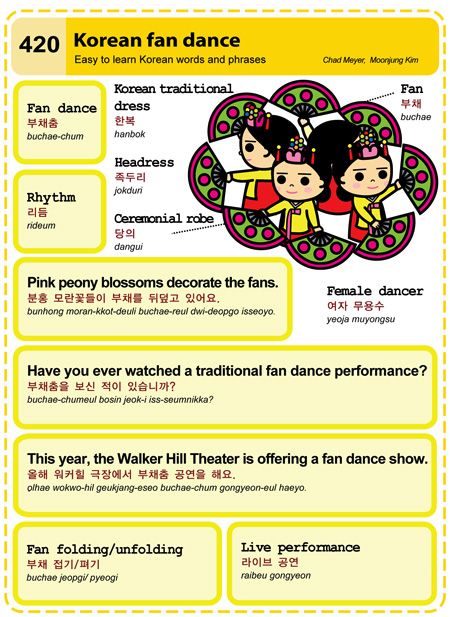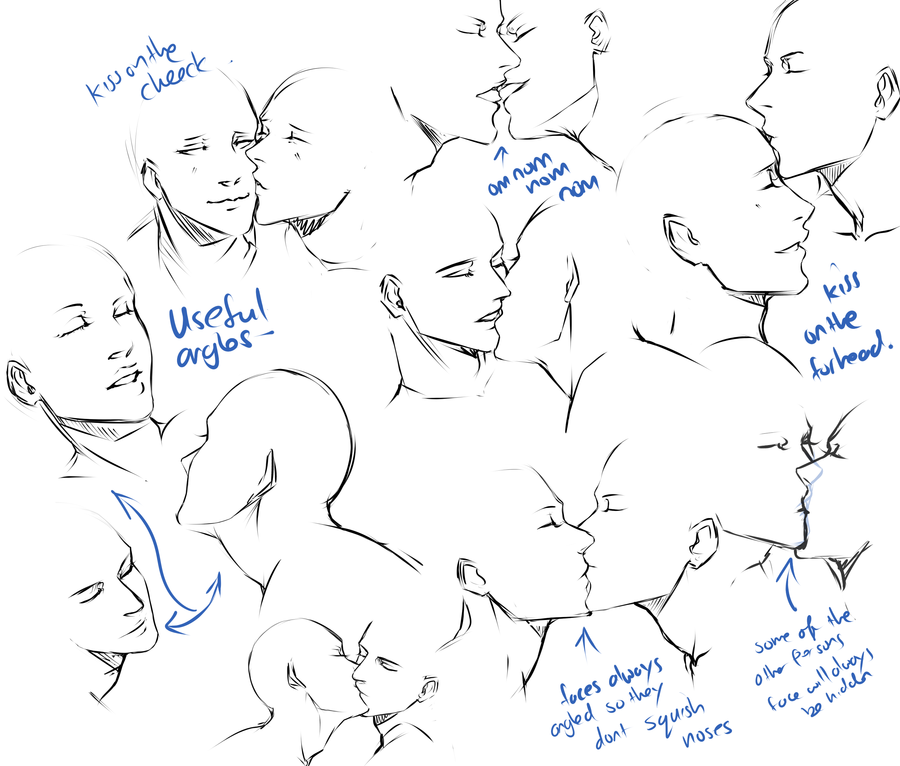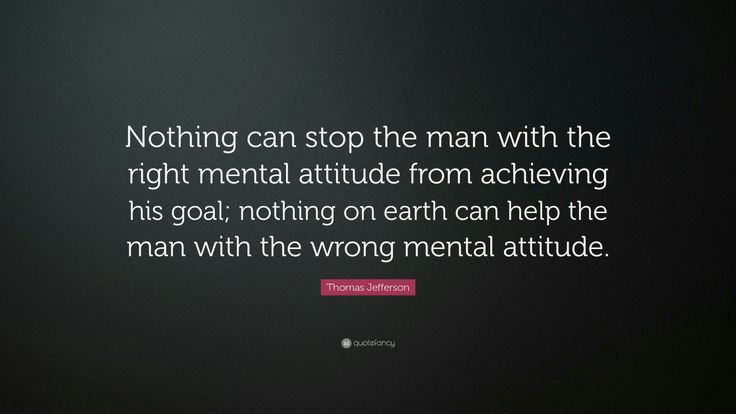How to dance song
A Dancer's Guide to Knowing What Dance to Do to a Song » Dance With Brandee
A Dancer’s Guide to Knowing What Dance to Do
What Dance Do I Do to This Song?
Here’s how to your dance music know-howDancers, have you ever found yourself standing on the sidelines for the first half of each song trying to figure out what dance is supposed to be done to the music? Like my students you might be wondering: How do I know what dance to do to a song?
Many events help you out by announcing each song’s dance or posting a set list for your reference. Even then, some songs work equally well for more than one dance, so being able to match dances to songs is a skill to develop. And of course, you’ll need that skill at weddings and private parties that don’t have these dance aids.
Until there’s an app for it, I want to help you develop your dance music know-how. Of course, there are lots of variables in dancing and music, exceptions to the rules, etc. But I’m going to keep this simple, so consider this a rough guide to figuring out what to dance to a song.
No Hard and Fast Rules
First of all, unless you’re at a dance competition, know that there are no hard and fast rules for which dance must be performed to a particular song. You get to choose the dance you want to do. That said, when you fit a dance well to a song, it’s easier to keep rhythm, to express the character of the dance, and overall, it tends to just feel better.
And some dances’ music is unique enough that it will hit you clearly. For example, Tangos have a distinctive staccato rhythm and dramatic. Once you’ve heard a few Tangos, without needing to think, you’ll just know it’s a Tango.
For the rest, it’s really just a process of elimination. As you become more experienced, hearing the dance in most songs will become more automatic.
5 Easy Steps to Determine What Dance to Do
1. Get a Feel for the Song’s Speed
Ask: What’s the speed of this song?Start by determining the song’s tempo (i.e., it’s speed.) This simply means getting a feel for whether the song is slow or fast or somewhere in between.
Sometimes the instrumentation or vocals in a song can fake you out. For example, a song may sound very upbeat but actually have a rather slow beat. Until you get good at gauging a song’s tempo, just tap your toes or fingers to the beat of the song, becoming a human metronome for its true speed.
Once you know if the song is slow or fast (or somewhere in between), you can then rule out some dances. For example, if the song is fast, then all the slower dances are out, such as Rumba, Nightclub Two Step and Slow Waltz. Or if the song is really slow, you can cross off Cha Cha, Salsa, East Coast Swing and Viennese Waltz.
Note: As a beginner, you’ll likely only be comfortable dancing in a narrow tempo range for each dance. So if you identify a song as Cha Cha but find yourself unable to keep up with the music, it doesn’t necessarily mean you made a mistake identify it as a Cha Cha—you just may not be experienced enough to dance to the full tempo range for Cha Cha.
If you’re curious, check out this list of tempo ranges for each dance (this is one person’s idea of good tempos, not an official list). In case you’re interested, here are the official tempos used at ballroom dance competitions.
In case you’re interested, here are the official tempos used at ballroom dance competitions.
2. Rule Out If It’s a Waltz
Waltzes have 3 beats in a measure (instead of 4)As you’re tapping out the speed of a song, count the beats. If it’s easy to count 1-2-3-4 it’s not a Waltz. However, if counting in four’s feels off, try counting in three’s: 1-2-3, 1-2-3.
Most songs are in 4/4-time, meaning there are four beats in each measure. However, Waltzes are in 3/4-time, with only three beats in each measure. (There are other time signatures, but 4/4 and 3/4 are main ones you’ll encounter.)
If 1-2-3 matches the music, you’ll know it’s a Waltz. And having already gauged the song’s speed, you can immediately determine whether it’s a Slow Waltz (slower) or Viennese Waltz (about twice as fast as Slow Waltz).
3. Listen to Its Rhythm/Feel
What’s the rhythm or feel of the song?If the song isn’t a Waltz, your next step is to pay attention to the song’s rhythm or feel. Is it happy, romantic, dramatic, bluesy, melancholic, or funky? Does it have a Latin/Afro-Cuban beat? Does it make you want to bounce, glide, twirl or march? Listening to the songs’ rhythm and character will help you sort it into one of a few broad categories: Ballroom, Latin, Swing, or other (Hustle, Country Western, Nightclub Two Step, etc.).
Is it happy, romantic, dramatic, bluesy, melancholic, or funky? Does it have a Latin/Afro-Cuban beat? Does it make you want to bounce, glide, twirl or march? Listening to the songs’ rhythm and character will help you sort it into one of a few broad categories: Ballroom, Latin, Swing, or other (Hustle, Country Western, Nightclub Two Step, etc.).
For example, say the song has a Latin rhythm. The most common Latin dances in ballroom/social dancing are Rumba, Cha Cha, Samba and Salsa. Rumba is the only one of these with a slower, romantic feel. So if the song is like that, you’re ready to Rumba!
And if the song’s rhythm is upbeat, you can eliminate Rumba and then parse out which of the remaining three dances it might be. Samba has a very distinctive “boom-a-boom” percussive beat (think Brazilian Carnaval music). If you’re hearing that, it’s probably a Samba. If you’re not, congratulations, you’ve narrowed it down to a Cha Cha or Salsa.
4. When in Doubt, Step It Out
Dance in place to see what matches the musicContinuing with the same example, say you’ve figured out the song is either a Cha Cha or a Salsa. Cha Chas usually have a “cha-cha-cha” in their beat, although you may not be able to hear this until you have more experience.
Cha Chas usually have a “cha-cha-cha” in their beat, although you may not be able to hear this until you have more experience.
At this point, it’s time to experiment with the basic steps in each dance. Do this on your own in place, so small and casual people might not even notice. Try a few Cha Cha basics and see how well your feet match the music. Then try the Salsa basic. Usually one will feel like the right fit and voila, you’ve successfully determined what dance to do to this song!
See what dance others are doing5. Or “Cheat” and Steal a Peek
If you’re still stumped after you’ve “stepped it out,” have a look and see what others are dancing. As a beginner, it’s often best to look at intermediate-level dancers. Fellow novices are likely as lost as you are, and advanced dancers may be dancing fancy figures with so much styling and technique you won’t even recognize what they’re dancing as the same dance you know! Intermediate dancers, however, will know which dance to do to a song yet will still be dancing figures you can recognize.
Have Fun: Make into a Game!
I encourage you to make a game out of matching dances to songs when you’re not out dancing. Play the “What Could I Dance to This Song” game when you’re listening to music at home, in the car or when you hear a tune playing at a store or on the street.
Make a game out of matching dances to musicOf course, all music isn’t made for partner dancing (e.g., classical, electronica, hip hop and even many pop tunes). So to make it easier on yourself you may want to listen to songs pre-selected for a dancing, such as those off a ballroom dance practice CD or from a recommended playlist like this.
Remember, ultimately which dance to do is your choice, so have fun and feel free to be creative. That said, be respectful of other dancers on the floor. For example, make sure you use proper floor etiquette, especially if you decide to do a dance that’s different from what the majority on the floor is doing. If doing a traveling dance, stay on the outside track, moving in the line of dance; if doing a spot (non-traveling) dance, dance in the center of the floor.
Over time the process of matching songs to dances will become faster and simpler. You may even find yourself mentoring new dancers on the subject!
9 Simple Songs Anyone Can Dance to at a Party ...
9 Simple Songs Anyone Can Dance to at a Party ...music • ★★★★☆
By Holly
Even if you don’t have rhythm, there are songs anyone can dance to. Either the steps are simple, the lyrics explain what to do, or a combination of the two. When you’re making a playlist for a party, include these songs anyone can dance to. Whether you’ll be the host of kids or adults, everyone will be able to enjoy these songs.
1 Electric Slide
On iTunes: itunes.apple.com
This one has been a hit at parties for years. All you have to do is learn a few different steps and turns. Read the dance moves at wikihow.com if you’re iffy about what to do. This is one of the songs anyone can dance to after a little practice. That’s why it’s one of the most popular party songs.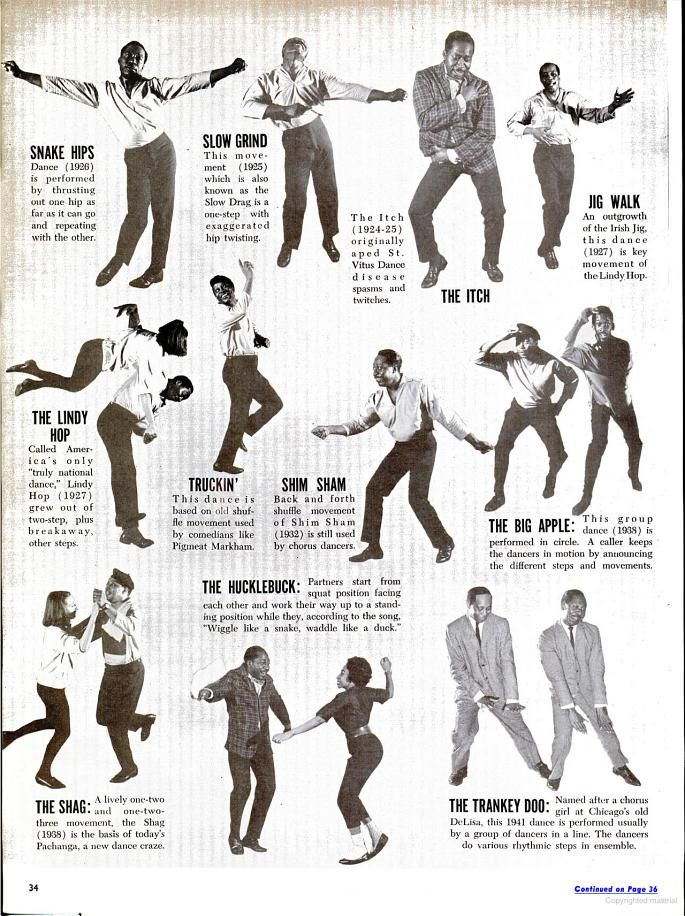
2 Cha Cha Slide
On iTunes: itunes.apple.com
Can you follow instructions? Good, because that’s all you need to do when this song comes on. Keep your ears open and do as the voiceover says. The steps are easy as long as you listen. The best part is that you don’t have to remember what to do, because it’s all being told to you.
3 Cupid Shuffle
On iTunes: itunes.apple.com
Have you ever heard this party song? It tells you exactly how to dance to it. As long as you know which way is left and which is right, you’ll have no problem following these moves. Do what the chorus tells you to do even throughout the rest of the song. It gets repetitive, but that doesn’t mean it’s not fun!
4 Cotton Eyed Joe
On iTunes: itunes.apple.com
If you’re a fan of New Girl, you know how awesome this song can be. There are a few simple steps that go along with the music and are repeated throughout the entire song.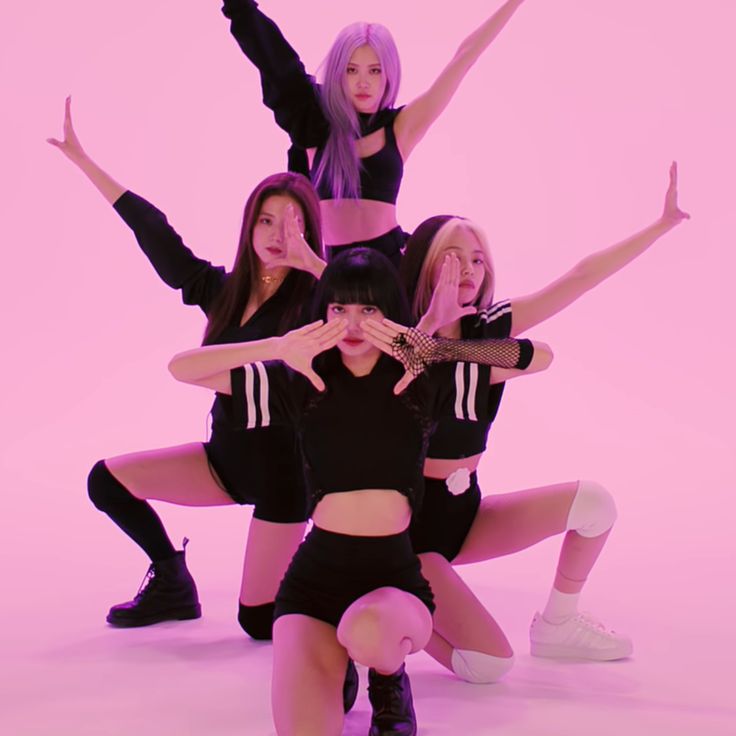 All you have to do is tap your foot, clap, and spin. For complete steps, check out wikihow.com. Once you get the hang of it, it’s a mindless dance that’s fun to do.
All you have to do is tap your foot, clap, and spin. For complete steps, check out wikihow.com. Once you get the hang of it, it’s a mindless dance that’s fun to do.
5 Chicken Dance
On iTunes: itunes.apple.com
This song is meant for children, but adults can kid around and enjoy it just as much. All you do is pinch your thumb and other fingers together four times, then flap your arms four times. Next, you wiggle your booty and finally clap four times. When the music changes, find a partner, lock arms, and swing around with them. The music will change pace, so make sure to keep up!
6 YMCA
On iTunes: itunes.apple.com
Who doesn’t enjoy this party song? All you do is move your arms in the shape of the four letters in the title. It’s four simple movements that won’t cause you to break a sweat. When the chorus is over, dance in any way you’d like. The choice is yours!
7 Macarena
On iTunes: itunes. apple.com
apple.com
Most of you probably learned the Macarena when you were a kid. It’s a simple song to dance to and doesn’t require much effort or talent. You don’t even have to move your feet in this dance. Just put your arms out and move them around. The steps can be found at wikihow.com.
8 Hokey Pokey
On iTunes: itunes.apple.com
This is another song that comes with instructions. Make a circle with the rest of your friends and do whatever the voiceover tells you to do. You’ll get to move your hands, feet, and even backside a bit. The concept might seem silly, but if you’re with the right group of people, it’ll make for a laugh. So why not try it?
9 The Twist
On iTunes: itunes.apple.com
This is an oldie, but a goodie. Raise yourself onto your toes and twist your ankles. That’s all you have to do during the course of this song. You can also get low to the ground, move your arms, and do whatever else you’d like to make your moves more original.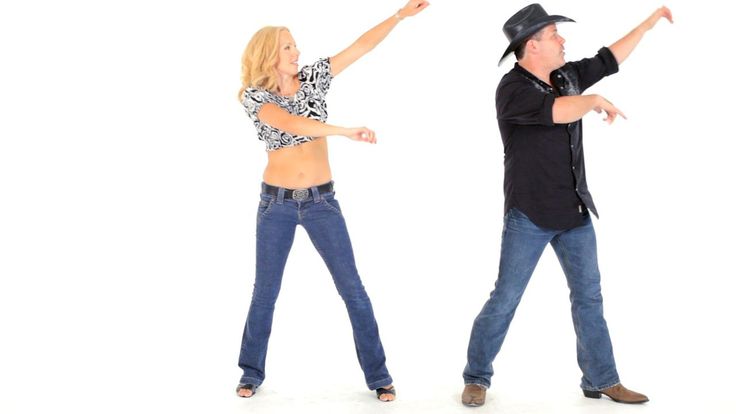 The most important thing is that you have fun!
The most important thing is that you have fun!
The next time you have people over, consider putting on these songs. They’re easy for kids to dance to and fun for the adults who’ve had a bit to drink or want to channel their inner child. What song do you look forward to hearing when you go to a party?
Please rate this article
☆☆☆☆☆
- itunes itunes
Comments
Popular
Related
Recent
- What foods contain b vitamins ...
- Paris le stylo smoky eye primped ...
- How many types of vinegar are there ...
- How to loosen natural curl pattern ...
- Paris riche le smoky eye neon skirt ...
- How to make hair smell good all day ...
- What to cook for my boyfriend ...
- Paris color riche smoky eye spark ...
- How many calories are in pineapple chunks ...
- What to do when someone talks behind your back ...
How to successfully dance a dance to a popular song
Rehearsal bases, dance halls, recording studios
in Moscow
How to successfully dance to a popular song
Many people are embarrassed to dance at a disco, preferring to sit at a table all evening and watch those who can move beautifully to the music. Some people just don't know how to dance and are worried they'll look awkward on the dance floor. Also holding back is the fact that modest guys and girls do not want to draw too much attention to themselves and are afraid to look stupid in the eyes of their friends. If you want to learn how to dance to a song, you should remember that, first of all, your movements should give you pleasure. Learn one rule - during the dance you should be pleasant and comfortable! nine0004
Some people just don't know how to dance and are worried they'll look awkward on the dance floor. Also holding back is the fact that modest guys and girls do not want to draw too much attention to themselves and are afraid to look stupid in the eyes of their friends. If you want to learn how to dance to a song, you should remember that, first of all, your movements should give you pleasure. Learn one rule - during the dance you should be pleasant and comfortable! nine0004
Pro tips: how to dance to any song
If you are studying hip-hop, then after a few months of training you will have no questions about how to dance a dance. The movements and combinations of this direction are universal and suitable for any music - you can move plastically to all rhythms. nine0004
Let's listen to the advice of experienced teachers:
1. Dancing is a state of your soul, so you don't need to immediately demonstrate all the movements that you have learned on the dance floor.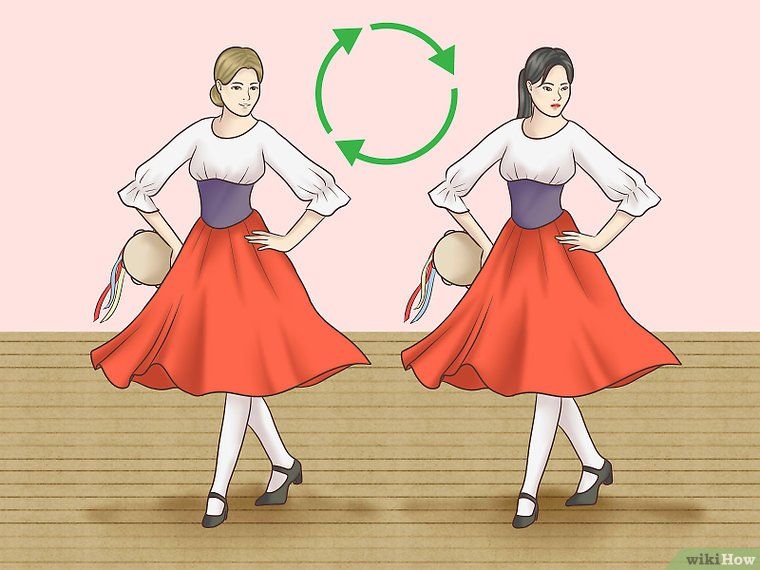
2. We carefully listen to the rhythm and try to intuitively catch which link suits the music playing at the moment.
3. The whole body should be involved in the dance: the movements will be more harmonious if the body, legs and arms are skillfully combined.
4. An important rule is to completely relax! Dance is not a defense of a thesis, but an expression of an emotional state and mood. Catch the rhythm and enjoy the process. No need to think about what others will say about you - everyone comes to the club to relax and enjoy, not to criticize. nine0004
5. If you do not understand how to dance to a song, then remember the rule: it is important to listen to the music and move to the beat. Club compositions are not difficult, so everyone can dance naturally and naturally.
6. Basic movements are available to everyone - you can master them in a short time, easy to remember and repeat.
7. The most important thing in dance is your emotions, drive, energy. Technique is not as important as the mood of the dancer and the pleasure that he gets while charging those around him. If you are relaxed and enjoy the process, people will admire you. nine0004
Technique is not as important as the mood of the dancer and the pleasure that he gets while charging those around him. If you are relaxed and enjoy the process, people will admire you. nine0004
Dance culture is represented by a mass of styles and trends. To learn how to move beautifully, sign up for classes with experienced teachers or use video tutorials.
How to dance a fast dance beautifully
This question worries insecure guys and girls who are embarrassed to go to the dance floor. Club music has fast rhythms, so it takes time to learn how to move your arms and body. If you decide to practice on your own, then you will need an hourly rental of a dance hall, where you and your friends can rehearse movements and combinations. nine0004
How to hear rhythm in music | All articles | Planet of Talents
I am sure that all people love to dance. However, many believe that they do not have an ear for music or a sense of rhythm, not enough plasticity or coordination to dance, call themselves a “tree” and sit quietly in the corner at a disco. And yet, only a small proportion of them are right (and even then not in the part about the “tree”). Often the problem lies precisely in the ability to feel the music, in particular, the rhythm. But the problem is solved! For most people, the sense of rhythm is dormant. And only a very small percentage suffers from “rhythmic deafness”. nine0004
And yet, only a small proportion of them are right (and even then not in the part about the “tree”). Often the problem lies precisely in the ability to feel the music, in particular, the rhythm. But the problem is solved! For most people, the sense of rhythm is dormant. And only a very small percentage suffers from “rhythmic deafness”. nine0004
In my dance teaching practice, sometimes I come across people who can't hear the rhythm. For a group of fifteen people, there are on average 1-2 people. Agree, not such a big percentage for non-professionals. But this is where I ran into trouble. How to explain to a middle-aged person without a musical education what a strong and weak beat is, why sometimes we perform movements on “three”, and sometimes on “eight”, and how to count a piece in general? .. I think all teachers face this problem, It doesn't matter if they work with young children, youth or adults. nine0004
First you need to figure out if the student actually hears the music. First, you can clap a short, simple rhythm and ask him to repeat it. If the student reproduced it in full, then all is not lost! Secondly, you can turn on the music and step along with it, setting the pace. Then you need to pause, talk about something so that he is distracted, and turn on the same music again and ask him to walk to it in the same rhythm without you. There may be several options:
First, you can clap a short, simple rhythm and ask him to repeat it. If the student reproduced it in full, then all is not lost! Secondly, you can turn on the music and step along with it, setting the pace. Then you need to pause, talk about something so that he is distracted, and turn on the same music again and ask him to walk to it in the same rhythm without you. There may be several options:
- the student walked to the beat, because he remembered the rhythm when you walked to the music together. And it's not a bad choice! Perhaps he needs to pay a little more attention than the others, stand next to him and show the movements individually, in the end his memory and great desire will bear fruit.
- the student walked in his rhythm, not hearing the music. Here the matter is more complicated. With such people, you need to deal with individually or gather them in one group and make a lesson in musicality for them. One or two sessions may be enough. nine0004
In such lessons, you need to explain what a strong beat is in music, how a melody is broken down into measures. Of course, you need to be patient, and most importantly, read music theory if you are not strong in it. In fact, it is not so scary, because the rhythmic pattern in the music school is studied in the lower grades. On the other hand, it is not necessary to overload the brain of students with this theory. Just think of a few metaphors. Rhythm can be compared with the beating of our heart, with clocks, with steps. Everything has its own rhythm - the moon and the sun, the surf, the seasons, a poem, the noise of a train, and even the sounds of a cricket. For such activities, you need simple, understandable music with a clear rhythm, for example, a march or, oddly enough, club music, with a characteristic “tuna-tuna”. The duration of notes can be compared with seconds, minutes, hours. nine0004
By the way, using the example of a march, you can easily learn to hear a strong beat. I would suggest using this particular march http://www.youtube.com/watch?v=VGfGxqHPF0s
In it, you can clearly hear how all the instruments of the orchestra play on a strong beat.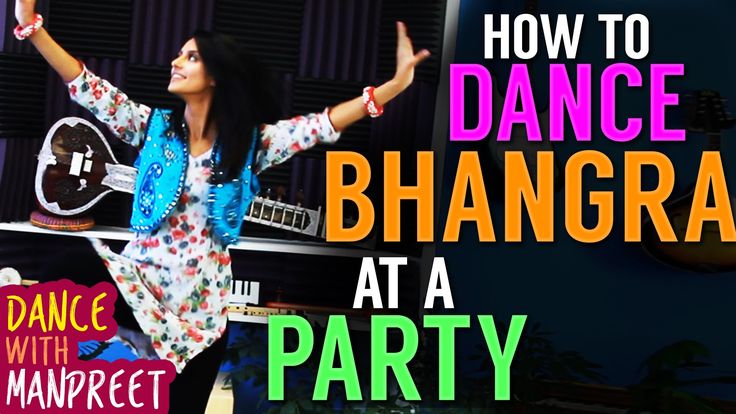 I think that your students of any age will walk this melody with pleasure, and most importantly, to the beat!
I think that your students of any age will walk this melody with pleasure, and most importantly, to the beat!
A good helper in mastering the rhythm will be a metronome. Moreover, now everyone can install it on their smartphone or tablet and train at any time! By the way, the metronome is successfully used in the treatment of stuttering, and this says a lot. nine0004
In fact, I believe that anyone can learn to hear music and dance to it. All it takes is motivation. He works wonders even with the most seemingly hopeless students.
If the desire to learn to dance is great, follow a few simple but effective tips:
1. Listen to more music. Much more! Listen to it in any free minute. Learn almost by heart the pieces you need to dance to. nine0004
2. Divide music into instruments. The whole orchestra never plays the same tune. Double basses or bass guitars always set the rhythm, the main part is given to the violins or the voice, etc. Yes, it requires high concentration and attention, but it is really effective!
3.